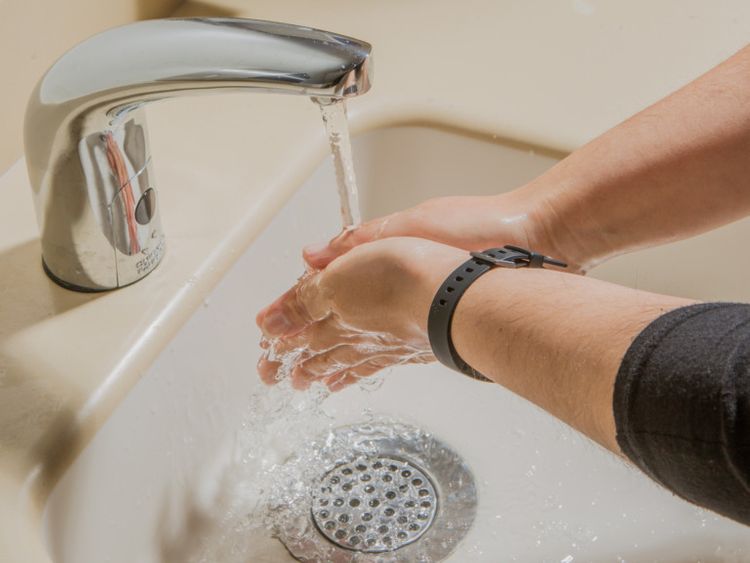
Amy Joyce / Washington Post
We have by now all heard the best way to prevent catching the coronavirus is by making sure to properly wash hands. Easy, right?
Well, for small children, and their parents, handwashing is not exactly the easiest task. It has to be taught. It’s especially important now, of course, because even though children don’t seem to be getting hit hard by this virus yet, they are major germ carriers.
So teaching them to wash their hands helps not only them but everyone who comes in contact with them.
“A lot of us don’t think about it,” says Elizabeth Meade, a paediatrician and national spokeswoman for the American Academy of Paediatrics based in Seattle. It’s so second nature to so many of us, parents often forget it’s a skill they need to teach. “The most important thing is to start early with kids, when they’re toddlers,” Meade says.
So how do we teach these amazingly wonderful and absolutely germ-filled little people how (and why) to wash their hands regularly? We make it fun, and let them know this is a regular part of our lives: Look! Parents do it too!
It’s important to “make it a habit, a standard,” Meade says. Explain that we always wash before we eat, after using the bathroom and after playing with animals, for example.
It’s not easy to get those little uncoordinated hands to scrub all those germs away (coronavirus and others). The best thing to use is warm water, which has been proven to kill germs more than cold.
Soap up, and sing either “Happy Birthday” or “Row, Row, Row Your Boat” for 20 seconds, at least, while rubbing your hands together, covering every surface with suds. You can even make a game out of it, she suggests, to see who can get the most soap bubbles on their hands and between their fingers.
Using fun soap, such as those with characters on them, or even soaps that change colour when used long enough, will help encourage kids. “We want to teach them to wash all parts of their hands,” Meade says. (I remember watching my son put soap on his palm, rinse it off, then proclaim “Done!” when he was small.) Washing all parts of their hands means the fronts, the backs, between the fingers, their nails and even their wrists.
The other very important thing is to not make this seem like a chore. Have fun, sing along, talk to them, Meade says, about being “germ-busting superheroes” and explain that’s how they can save the world.
Sometimes, they are so small, it’s actually uncomfortable to reach the sink and wash hands, so make sure they have a step stool so they can reach the faucets and water. Hand sanitiser also works, but the CDC recommends washing hands with soap and water above all else.
Sanitiser can be used when soap and water aren’t available, but kids still have to get to all the hidden germy spots, so much of the lessons here still apply. And on that note: This is a good time to remember how many germs can live under nails, so keep them trimmed and clean, too.
Meade admits that yes, even a paediatrician like herself has to work on this at home. She has a 5-year-old stepson who is “quite reluctant to handwash.”
Time to pull out the superhero cape and your best version of “Happy Birthday.”
Follow this link to join our WhatsApp group: Join Now
Be Part of Quality Journalism |
Quality journalism takes a lot of time, money and hard work to produce and despite all the hardships we still do it. Our reporters and editors are working overtime in Kashmir and beyond to cover what you care about, break big stories, and expose injustices that can change lives. Today more people are reading Kashmir Observer than ever, but only a handful are paying while advertising revenues are falling fast. |
| ACT NOW |
| MONTHLY | Rs 100 | |
| YEARLY | Rs 1000 | |
| LIFETIME | Rs 10000 | |












